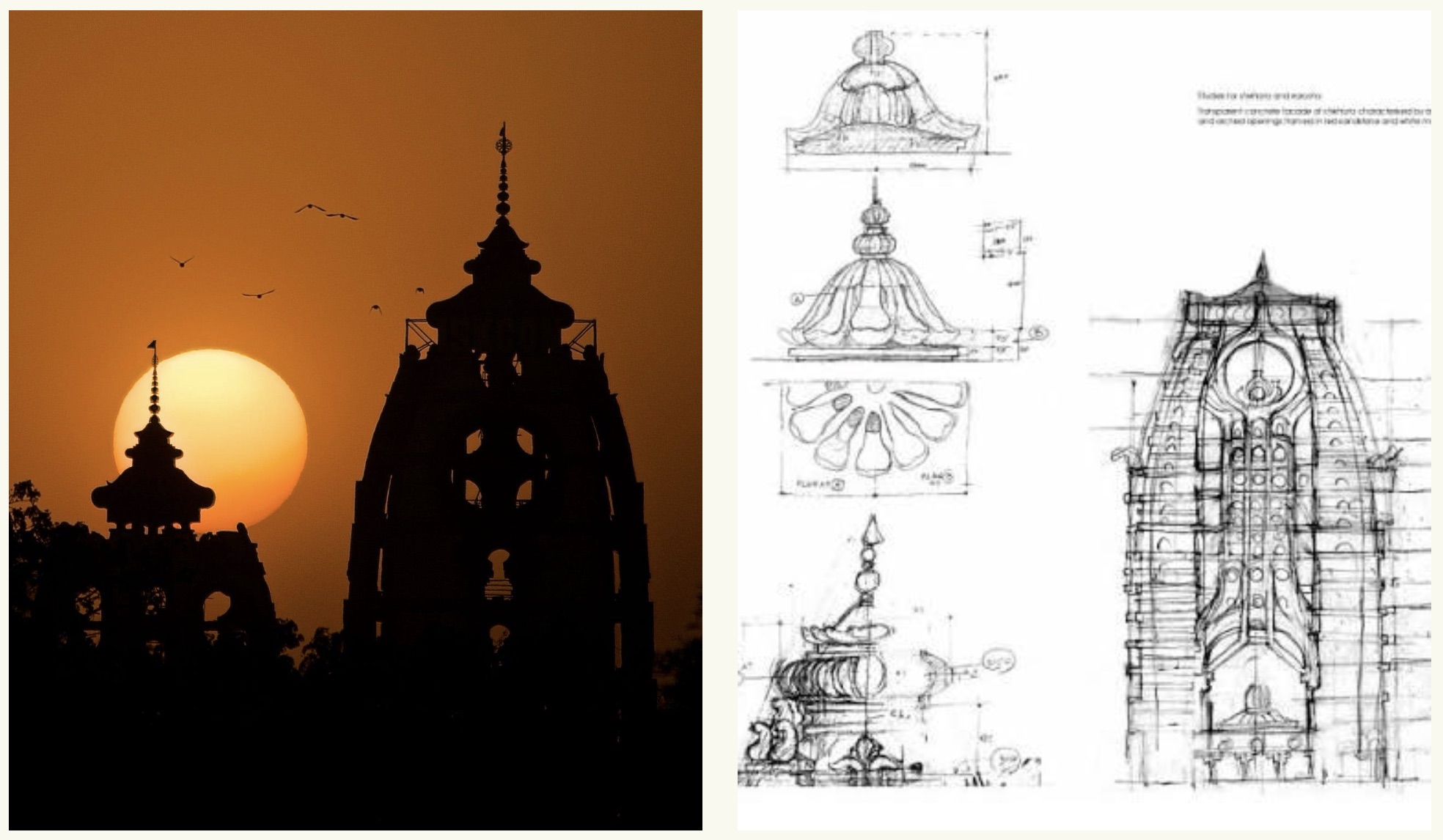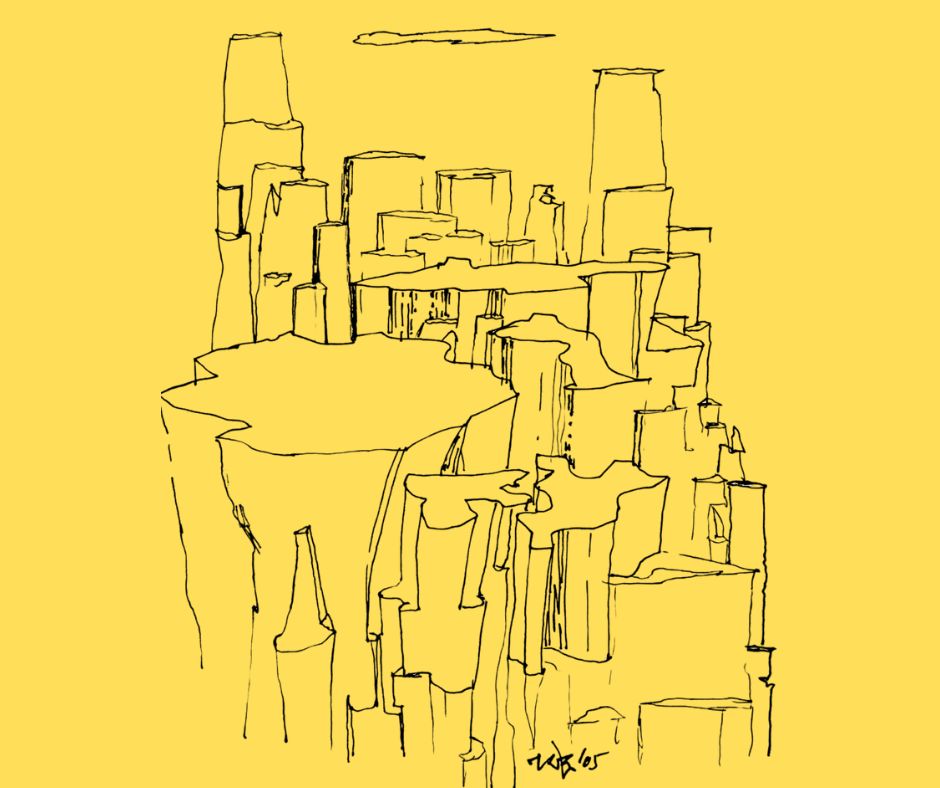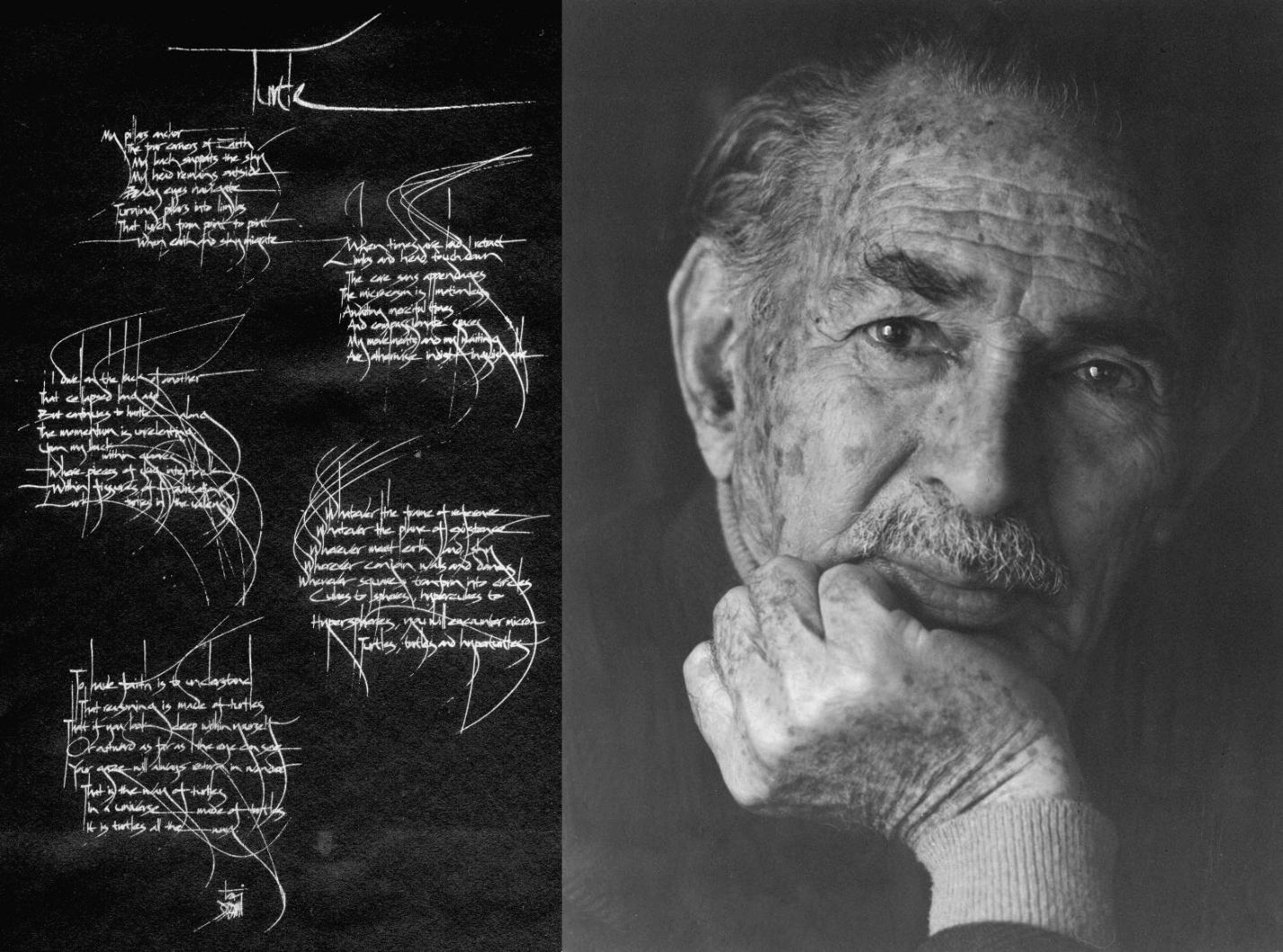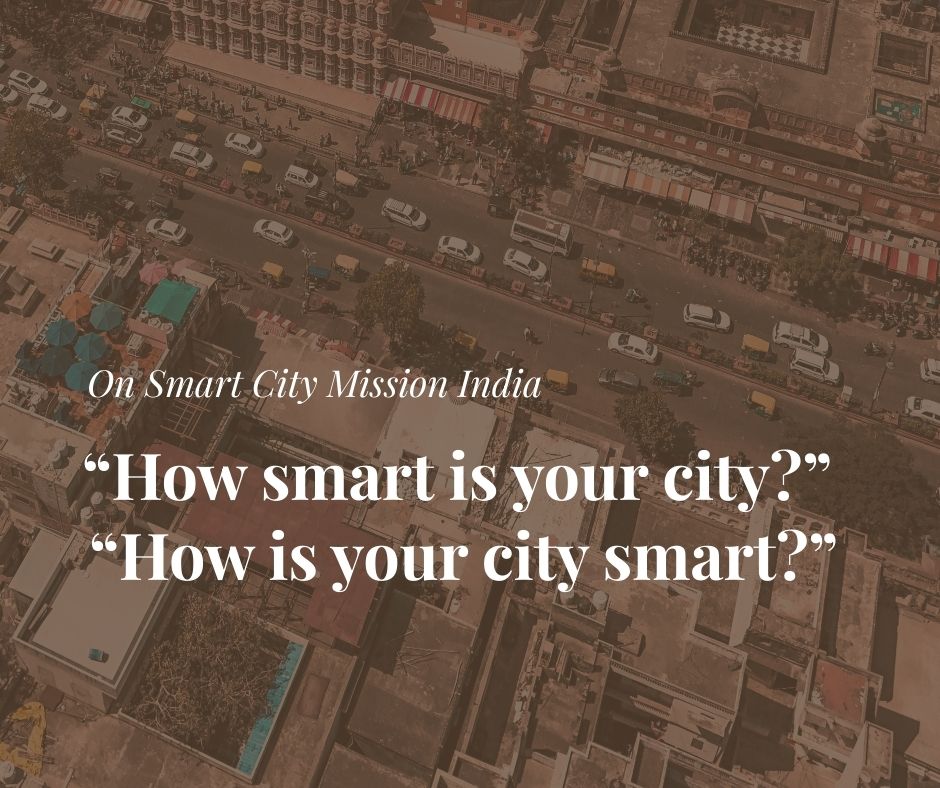
Munishwar Nath Ashish Ganju (1942-2021) melded the roles of a teacher, mentor, architect, activist, and design philosopher. With his passing, Indian architecture and education lost a voice that probed the milieu and the residues that shape Indian cities.
The recent book (M.N. Ashish Ganju – Thinker and Architect) brought about by people who knew him closely offers windows into his versatile mind through twenty essays of a reflective tenor. Each alludes to a void now felt in their life even as they graciously acknowledge his influence.
At the same time, graduate schoolmate Julyan Wickham aptly puts it across “…The story of Munishwar Nath Ashish Ganju is multi-dimensional, complex, and founded in the beliefs he acquired (…) a story which cannot be fully told by just one person- whether family, friend or colleague.”
Structure
The reader meets Professor Ganju engrossed in a book. The essays that follow are eulogies that are editorially well-steered from the remaining memoir. Timelines and built projects appear sparingly and as gentle transitions, skipping any needless emphasis. The contents allow a patient, unhurried reading and grow on the reader. The essays have common overlaps; hence references and phrases linger in the wake of reading. In a sense, the book distills some essence of interacting with Professor Ganju’s persona.
The book provides a selective list of professional positions, writings, and lectures and features six projects in some detail. This decision makes the oeuvre appear limited. Pauses include archival photographs like the beckoning Mother and Child Care Centre and a glimpse of the SOS Children’s Village in Bhopal. Hand sketches of an unrealized park—The Garden of the Great Arc, Dehradun, which creates a micro-narrative of the Great Trigonometric Survey of India, book-end the publication (the project was also published in The Journal of Landscape Architecture LA4.) The reading of land and landscape as a site planning approach is briefly glimpsed in the competition entry for IIM Indore and the narration of the Dolma Ling Nunnery.
Adding a longer list of forays could have helped communicate Professor Ganju’s range and interests in a sixty-five-year professional journey. After all, he hoped to re-shape the worlds he came in contact with- the bureaucratic, physical, creative, academic, historic, intellectual, and ones that merely asked for some dignity for a fellow human.

Tracing Beginnings
The spiritual roots of Professor Ganju’s worldview can only be gleaned in passing references but his student years at the Architectural Association, London are more explicitly stated. Here, he had been part of learning methods that were “… increasingly undercut by an impulse to question the brief so mercilessly, that the solution may not even result in a building.” (batchmate Nicholas Weaver, pg 5). Julyan Wickham—another batch mate—reveals this root grew in the joint graduate thesis submitted by candidates Ashish Ganju and Nicholas Weaver which prescribed the idea of dialogue over the limitations of drawings in conveying the breadth of possibilities of an outcome to a situational problem. Indian colleagues refer to his predilection for conversations rather than drawings as a way to capture the crux of a problem.
By his admission (to Narendra Dengle), returning to India after a brief stint with Norman Foster, became a ‘higher education’ for the young Ashish Ganju. He had now stepped into a residue of 20th-century modernism, coupled with a two-decade-old shuffle of post-Independence architecture and its patronage. Urban development masterplans reacted to the fluxes of unauthorized colonies and illegal buildings by keeping them at the margins. Here he encountered the truth that such fabric neither needed architects
nor was it a section of society that architects were keen on.
Other essays narrate his professional traverse in the India from the seventies thereon into the by-lanes of a residue of a Shining India in the 21st century. Hereon, the book helps in ‘locating’ architect M.N. Ashish Ganju in the matrix of Indian & Global architecture and how his thinking and works echo concerns and sentiments that are relevant even today.
Becoming Relevant
The Press Enclave project (1979) sits in the locus of similar-scaled urban housing projects in India and New Delhi. These projects placed human needs within a backdrop of community living, and open social spaces that glue the infrastructure and the inhabited spaces with their fundamental passive climate response tactics. At the other end of the spectrum, his Mother and Child Care Centre in West Bengal (1979) appears indivisible with the immediate vernacular landscape.
Colleagues give insights into his beliefs regarding Self-Building, ageism, knowledge systems, frugality, and ideas of autonomous living with marginal dependence on external systems.
Taking nourishment from societal issues to become relevant as an architect remained a life-long rallying point for him. It also demanded being open-minded to a multiplicity of voices and cultivating the ability to coax people to deliver their role in a story.
These characteristics are exemplified in the recurrent narrations about the Dolma Ling Nunnery (2005) and Aya Nagar projects (2001-2021). While deeply rooted in Buddhist philosophy and site readings, the Dolma Ling Nunnery narrations can also be fundamentally connected to the values usually associated with Laurie Baker albeit in a completely different context. Reading about Aya Nagar the reader discovers how the arc comes a full circle for Professor Ganju because he chose to embed himself in its issues. The background, approach, and works recall Patrick Geddes’ philosophy of Diagnostic Survey and Conservative Surgery. In other projects, various ideas mooted by Christopher Alexander in ‘The Timeless Way of Building’, are alluded to by the essayists.
Remaining Relevant
Observations on aspects that stress the city and foster its imbalances goaded Professor Ganju to explore a new kind of teaching institution that would produce architects rooted in domain-scale realities. The essays speak about his platforms like GREHA in the late seventies and the TVB School of Habitat Studies in the early nineties as his bid to infuse more humane, equitable, trans-scale, and trans-disciplinary approaches towards ecology, society, and cities. Some draw attention to his altruistic engagement in projects, getting people to bring their experience and living skills to the table, and seeing interconnections instead of overt structuring. Professor Ganju taught people around him to value complexity and discern its cues to find a language that nudges the narrative, be it a photo-documentation exercise or a design brief.
Self-authored essays are visibly absent in this book and therefore the reader is prompted to look up this aspect of Professor Ganju on the Internet, which fills this void admirably. But as a double-edged sword, it conceals the issue of digital obsolescence. Therefore books—such as this one—are vital, because they have the potential to induce self-and-collective reflection as a first step. Professor Ganju’s emphasis on the well-being of the collective emerges from the Indian tenet of ‘Vasudhaiva Kutumbakam’, and is only one of the clues in the book to his vast and deep understanding of Indian Philosophy. The essayists speak of his propensity and ability to knit modern thought and conveniences with ancient wisdom, social conscience, and the human spirit. On this aspect, his co-authored book ‘The Discovery of Architecture: A
Contemporary Treatise on Ancient Values and Indigenous Reality’ becomes another window (2013. Eds. M.N. Ashish Ganju, Narendra Dengle).
In stating Professor Ganju’s relevance and importance, Snehanshu Mukherjee also laments about how the biodigester project at Aya Nagar went unnoticed and unacknowledged by the architectural fraternity. Shiny Varghese puts it unambiguously, “Ashish Ganju deserves to be remembered for the way he helped us to see, observe, value, and act on things around us.”
One has to read the entire book to appreciate the departure that he deeply believed in—of Architecture becoming a humane and embedded tactic rather than an image-driven pursuit.
Book Details:
Name: M.N. ASHISH GANJU – THINKER AND ARCHITECT
Editor: Narendra Dengle
Published by: ArchiSHOTS, 2024
Size: 222 mm x 222 mm x 18 mm
No. of Pages: 208 Pages, Hardbound
ISBN: 978-81-957373-0-7
Purchase the book: M.N. Ashish Ganju – Thinker and Architect
Note: The review was first published in the LA Journal of Landscape Architecture, in August 2024.








